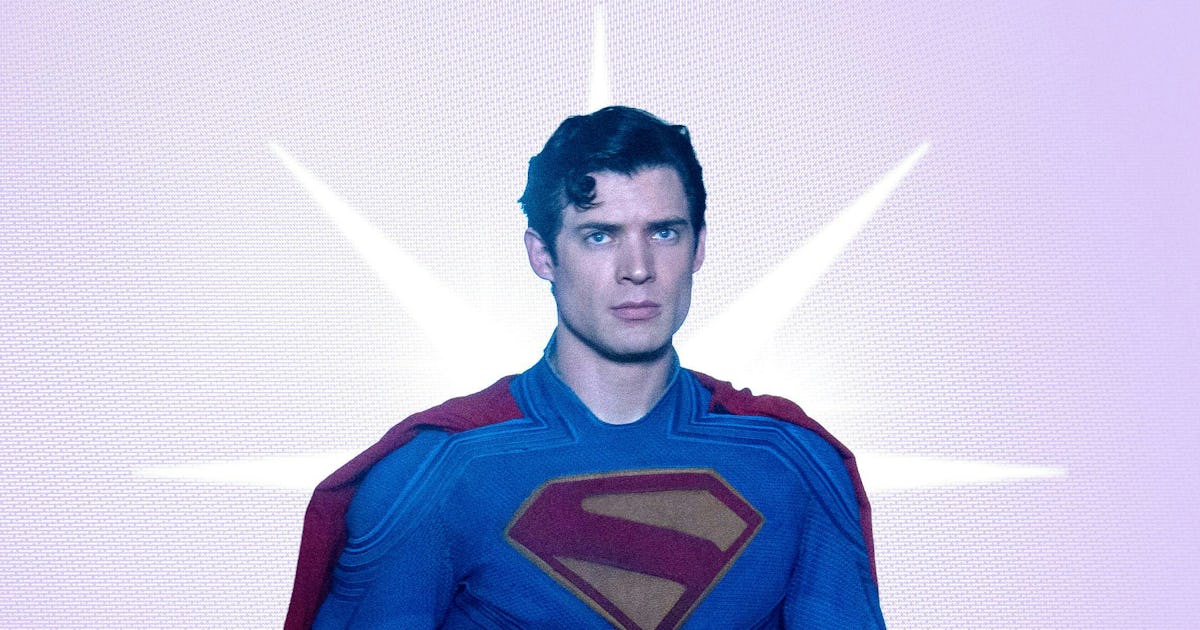
"What makes a protagonist cool? When it comes to heroic narratives, there tends to be a binary; either our star character is tight-lipped and detached, or they are forthright and obvious. This dichotomy is probably best exemplified as the difference between DC's Batman and Superman. Regardless of all the evidence to the contrary, our shared default notions of the two heroes come down to this: Batman is brooding, a man of few words, while Superman often smiles and is generally more chatty."
"The point is costumed superheroes by their very definition carry with them a slightly absurd, performative element but also a kind of duality of lightness and darkness. As Margaret Atwood pointed in her book In Other Worlds: "A comic-book character living a split life and engaged in a battle between Good and Evil might well be expected to show Jungian characteristics." Batman tends to be the go-to character with his kind of analysis (the hero, the rebel, the orphan), but what about the sunnier guys?"
Protagonists in heroic narratives often fit a binary: brooding, tight-lipped figures or outwardly affable, chatty types. Batman exemplifies the former while Superman represents the sunnier, more conversational archetype. Costumed heroes embody a performative split between lightness and darkness and can display Jungian dualities. Brighter superheroes like Mr. Fantastic and Superman can illuminate the human condition through optimism and playful rebellion. Recent films shifted from dark, gritty portrayals toward upbeat interpretations that pair kindness with a rebellious goofiness. Conversations between Clark Kent and Lois Lane frame trust, questioning, and kindness as central heroic qualities.
Read at Inverse
Unable to calculate read time
Collection
[
|
...
]